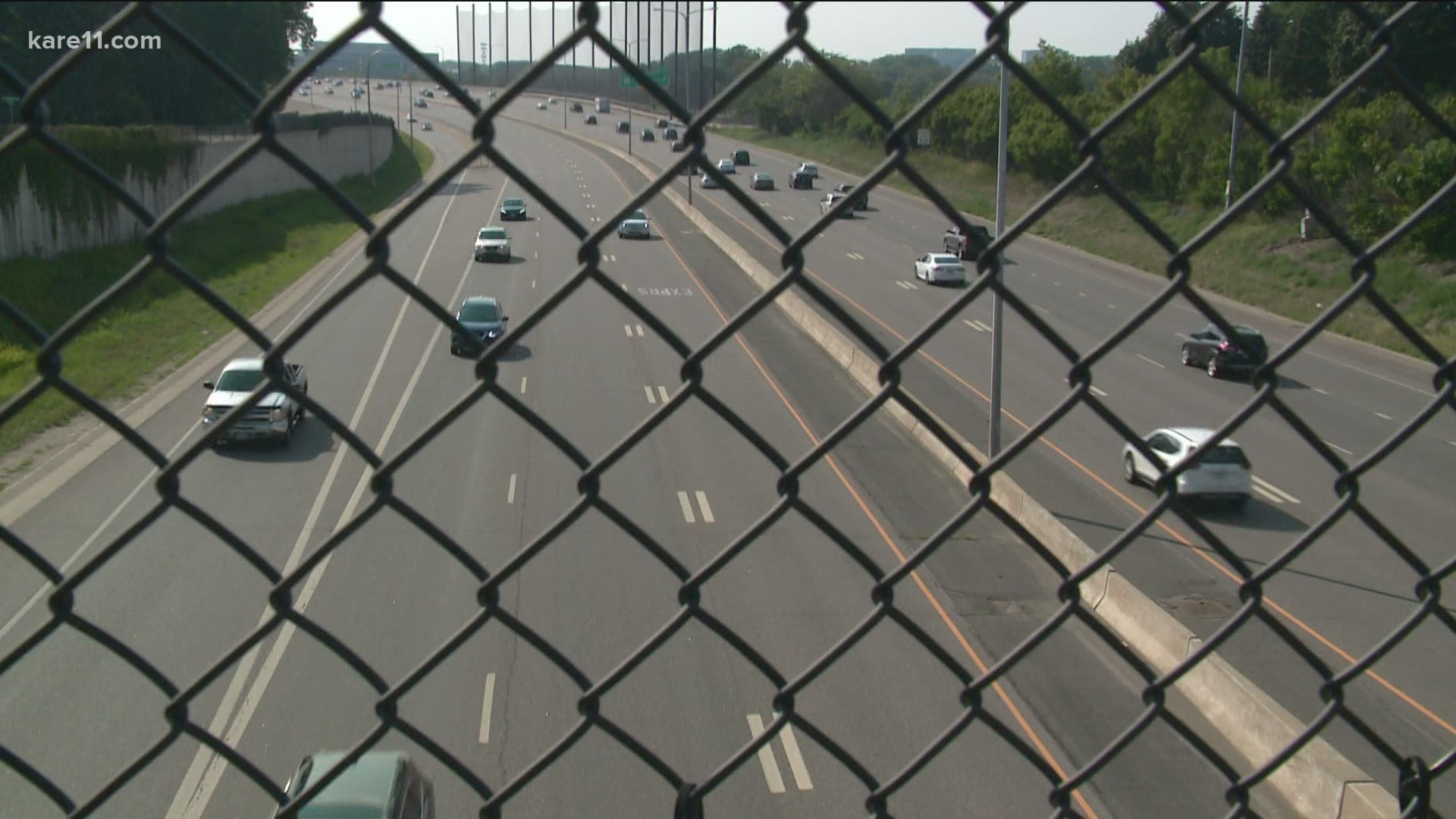ST PAUL, Minn. — Interstate express lane options will increase considerably on Aug. 2, when Minnesota's MnPASS system becomes E-ZPass.
The new system will connect Minnesota’s express lane system to 19 states in the Midwest and the East Coast, and allow customers to use the same pass in all states, according to the Minnesota Department of Transportation (MnDOT).
E-ZPass Minnesota will basically operate the same way as MnPASS, allowing motorists to opt for a more reliable, less congested option during the busiest commuting hours on Interstate 35W south, I-35E and I-394. Pass holders will soon have a fourth express lane available on I-35W between Roseville and Blaine in the north Twin Cities metro, as soon as construction on the project is completed.
“The interoperability of E-ZPass Minnesota adds even more value and convenience for travelers,” said Margaret Anderson Kelliher, MnDOT Commissioner. “As Minnesota’s traffic volumes continue to return to pre-pandemic levels, E-ZPass lanes create more options for Minnesotans get around safely, reliably and efficiently.”
During peak weekday hours (6-10 a.m. and 3-7 p.m. Monday through Friday), E-ZPass lanes will remain free and accessible for buses, motorcycles and vehicles with two or more people. Solo drivers must pay a fee to use E-ZPass lanes during peak periods.
Outside of peak hours, the E-ZPass lane becomes a general-use lane and is free to all motorists, which MnDOT notes is 90 percent of the time.
Drivers can enroll in E-ZPass Minnesota at www.ezpassmn.org beginning Monday, Aug. 2. Existing customers who want a new E-ZPass tag for use in other states can switch to the new tag in August. Current MnPASS tags will continue to work on Minnesota roads.
Here are some facts MnDOT wants drivers to know about the E-ZPass system:
- E-ZPass helps to manage traffic and reduce travel times during peak hours on some of the busiest roads in Minnesota, by providing a dedicated lane that is free for HOV and requires a fee for single occupant vehicles.
- The system moves more people during busy commutes. A single E-ZPass lane can move twice as many people as a regular lane during peak hours. MnDOT says 80 percent using E-ZPass are riding on buses or carpooling.
- Fees increase as traffic in the E-ZPass lane increases to keep traffic moving at 50 to 55 miles per hour. Fees range between $0.25 and $8.00. The heavier the traffic in the E-ZPass lane, the higher the price.
- E-ZPass Minnesota will have one switchable tag and the equipment will be free. The electronic tag switches between “single occupant” and “HOV.”
- The rules for using E-ZPass vary depending on when you travel, and in which city or state. Drivers must familiarize themselves with express lane rules in other states.
For more on the E-ZPass program and the transition from MnPASS, roads involved in the program and states in the new network, visit the MnDOT webpage.
MORE NEWS: Da Beauty League returns to Braemar Arena

